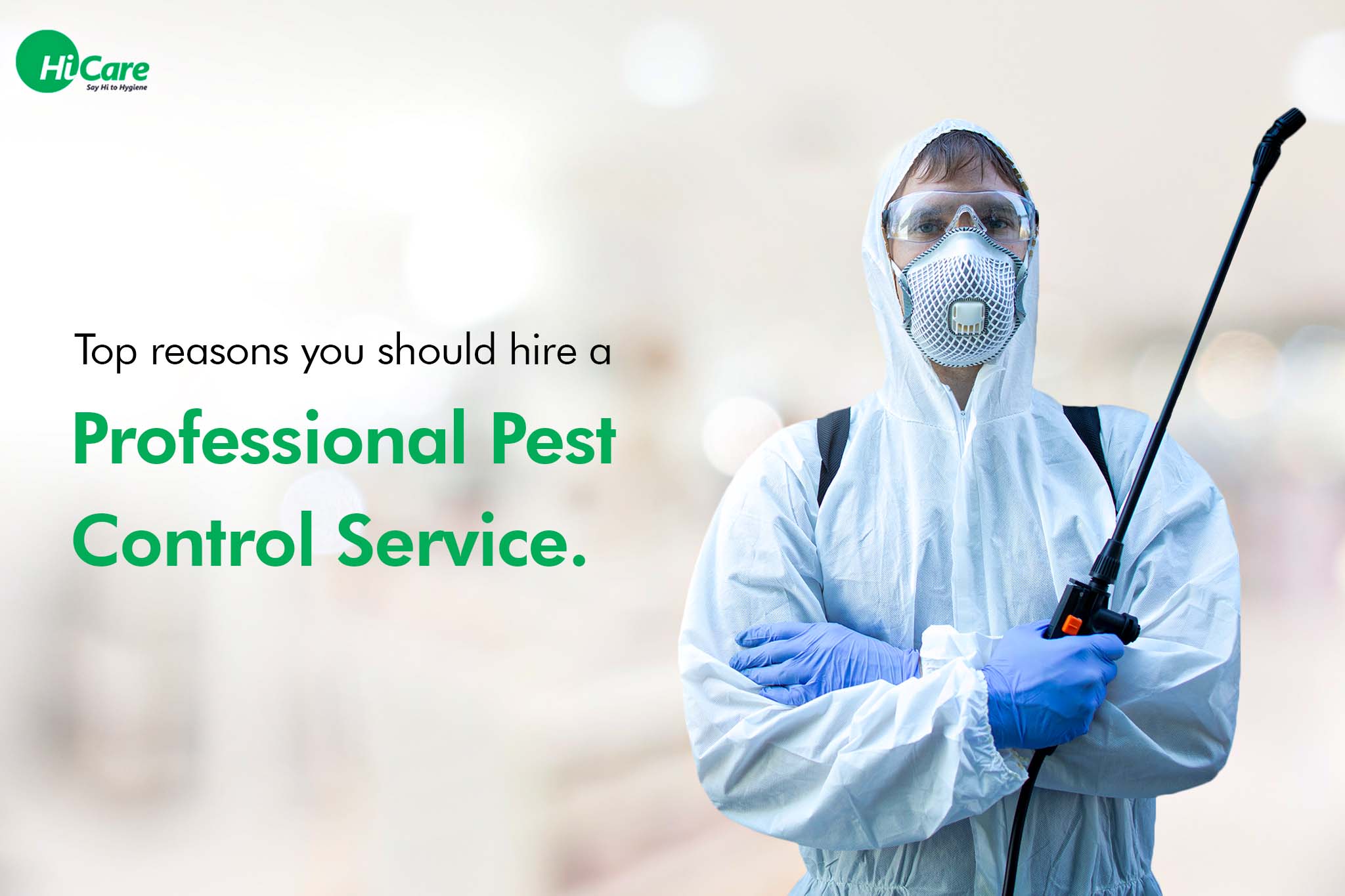A1 Bed Bug Exterminator Charlotte - Reliable and Economical Services
A1 Bed Bug Exterminator Charlotte - Reliable and Economical Services
Blog Article
Bed Insect Therapy Failure: Comparing Chemical Vs. Non-Chemical Solutions
In the realm of bug control, particularly when taking care of the persistent issue of bed pests, the option in between chemical and non-chemical therapy services can be a critical one. Both approaches use distinctive benefits and disadvantages, affecting variables such as effectiveness, safety factors to consider, and overall cost. By analyzing the nuanced information of each method, a clearer understanding of which course to go after in addressing a bed pest infestation can be obtained.
Efficiency of Chemical Therapies
Chemical therapies for bed pest problems have actually been widely recognized for their quick and powerful effectiveness in eliminating these bugs. When taking into consideration the efficiency of chemical treatments, it is vital to recognize that they can supply a complete and fast service to a bed bug issue.
Additionally, chemical therapies have the benefit of providing recurring effects, implying that they can proceed to get rid of bed bugs also after the first application. This residual activity is especially useful in combating any kind of possible re-infestations. Furthermore, the rapid action of chemical therapies can bring relief to people facing serious bed pest invasions, permitting them to restore control of their living spaces rapidly.
Safety Worry About Chemical Solutions
When making use of chemical services for bed pest treatment is making sure the safety and security of owners and the setting,One vital element that needs cautious consideration. While chemical treatments can be effective in eradicating bed bugs, they may position dangers otherwise managed appropriately. One of the primary safety and security interest in chemical remedies is the prospective damage they can trigger to human health and wellness. Exposure to certain chemicals used in bed pest treatments can lead to respiratory problems, skin irritability, or other negative responses, particularly in individuals with pre-existing conditions or level of sensitivities. Additionally, inappropriate application or dosage of chemical pesticides can lead to toxic residues lingering in the cured location, presenting long-term health threats to passengers.
Furthermore, the ecological effect of chemical solutions is an additional substantial consideration. Some pesticides made use of in bed insect treatments might be hazardous to beneficial insects, wildlife, and communities if they leach right into the dirt or water supply. It is necessary to use chemical treatments carefully, following safety and security guidelines, and thinking about much less harmful options to minimize these dangers and make certain the reliable and safe management of bed insect invasions.
Advantages of Non-Chemical Approaches
Thinking about the prospective safety and security issues and environmental impact connected with chemical solutions for bed pest therapy, discovering non-chemical strategies presents an appealing choice with a number of distinct benefits. Non-chemical techniques provide a safer option for homes, particularly those with children, people, or pet dogs conscious harsh chemicals. These techniques remove the dangers of exposure to hazardous materials, lowering the possibility for unfavorable wellness impacts. In addition, non-chemical treatments are eco-friendly, as this hyperlink they do not add to air or water pollution, making them a sustainable selection for pest control.
Additionally, non-chemical services can be reliable in targeting bed bugs, consisting of hard-to-reach locations where chemical therapies might not pass through - A1 exterminator charlotte nc. Approaches such as warm treatment, vacuuming, heavy steam cleansing, and mattress encasements offer comprehensive removal without the use of damaging chemicals.
Limitations of Non-Chemical Treatments

Additionally, non-chemical therapies often call for multiple applications to accomplish successful removal. This can be time-consuming and might not constantly guarantee total elimination of all bed pests and their eggs, specifically in hard-to-reach or surprise locations.
In addition, the success of non-chemical treatments greatly counts on appropriate execution and thoroughness, which can be challenging for people without expert knowledge. Poor application of non-chemical approaches may result in incomplete removal, leading to consistent infestations and the requirement for extra therapies.
For that reason, while non-chemical treatments have their advantages, it is necessary to recognize these restrictions and consider them when figuring out one of the most effective approach for managing bed pest problems.
Price Contrast: Chemical Vs. Non-Chemical Options
Given the restrictions associated with non-chemical treatments, a vital aspect to review in the context of bed bug monitoring is the cost contrast in between chemical and non-chemical options. In contrast, non-chemical therapies like heat treatment or vapor can be much more costly, with costs ranging from $1,000 to $6,000 for an entire home. While the initial expense of chemical therapies may seem lower, several therapies may be needed to totally eliminate the problem, potentially boosting the total cost.
Final Thought

Considering the prospective safety and security problems and environmental influence linked with chemical services for bed insect therapy, exploring non-chemical methods offers a promising option with numerous distinctive advantages.Given the restrictions linked with non-chemical treatments, a crucial aspect to assess in the context of bed insect monitoring is Read Full Report the cost comparison between chemical and non-chemical options. In contrast, non-chemical therapies like heat treatment or steam can be much more costly, with expenses ranging from $1,000 to $6,000 for an entire home. While the preliminary expense of chemical therapies might seem lower, multiple treatments may be required to fully eliminate the infestation, potentially increasing the overall cost.In conclusion, when contrasting chemical and non-chemical bed insect therapy choices, it is crucial to take into consideration performance, safety and security, advantages, restrictions, and cost.
Report this page